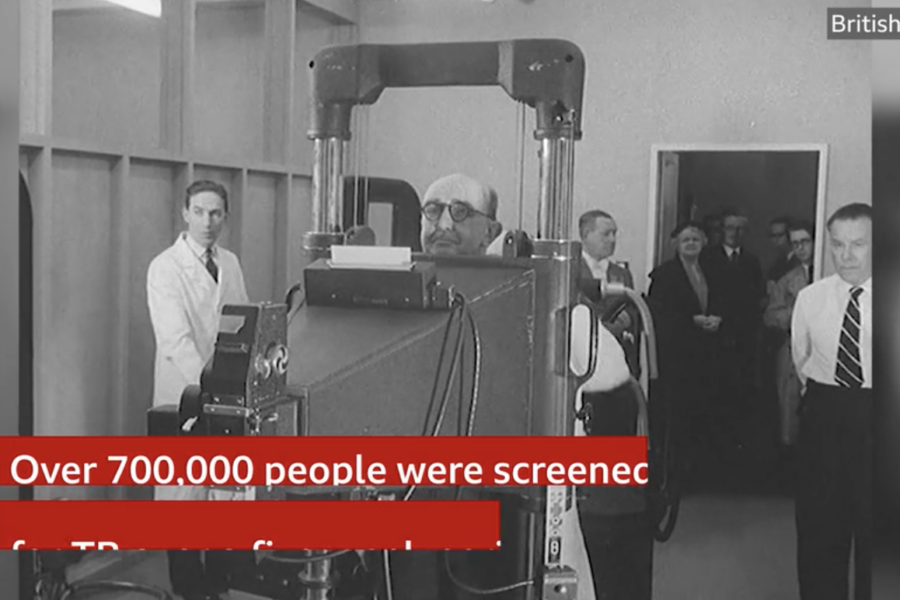BBC It was billed as a mass assault on a public health crisis that was gripping an impoverished post-war Glasgow.
In 1957, the city had the highest death rate from tuberculosis (TB) in Europe and health officials embarked on an ambitious “X-ray now” mass-screening campaign that saw more than 700,000 people in five weeks.
An army of 12,000 volunteers mobilised nearly three quarters of Glasgow’s population to get checked, with health officials throwing in the incentive of free prize draws for those who got X-rayed.
This included draws to win TVs, holidays and cars, but also included more unconventional prizes such as cigarettes, chickens and chocolates. The resounding success of the 1957 programme meant 2,369 people with TB were caught and treated but a new study led by the University of Glasgow has established wider benefits.
Researchers found that because the screening programme stopped TB circulating so widely in the city, in the following five years an estimated 4,599 cases were averted, saving countless lives.
Peter MacPherson, professor of global public health at the University of Glasgow, said he hoped the lessons from 1957 can help efforts to eradicate TB today as the disease still kills more than 1.2m people a year around the world.
He said: “This mass screening had a huge impact, doubled the rate of people being detected with TB and really accelerated the reduction in cases.
“There really is nothing comparable in the world in terms of the programme’s scale.
“We can learn a lot from what has been done historically – it was real civil enterprise, people’s motivations were to help their neighbours as at that time probably everyone knew someone who was affected by TB.”
